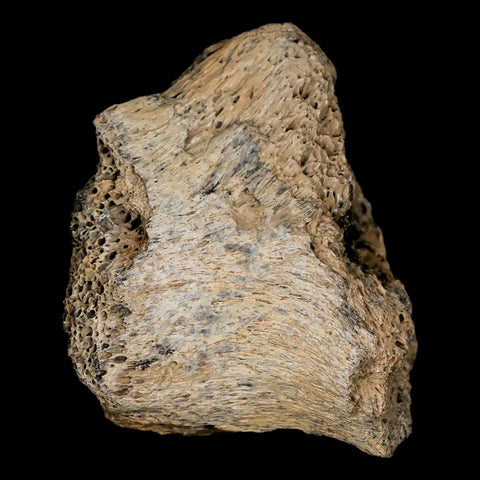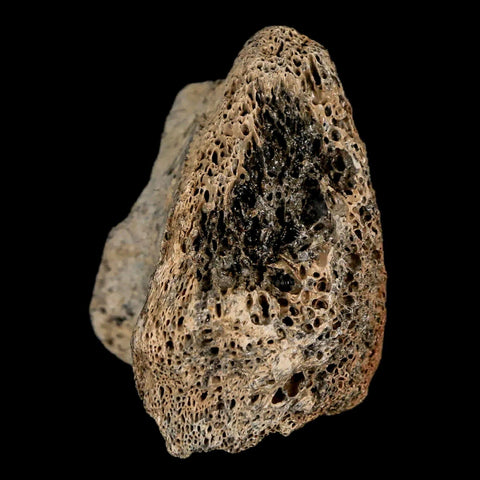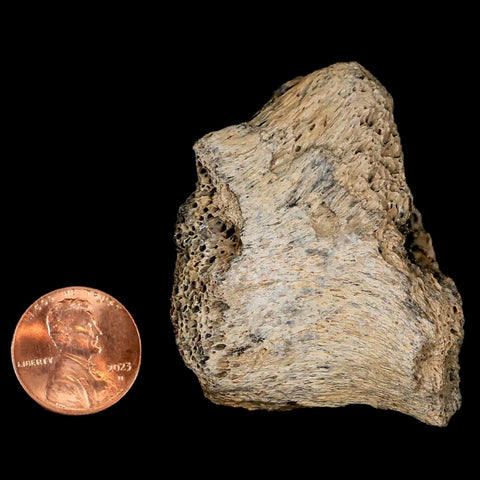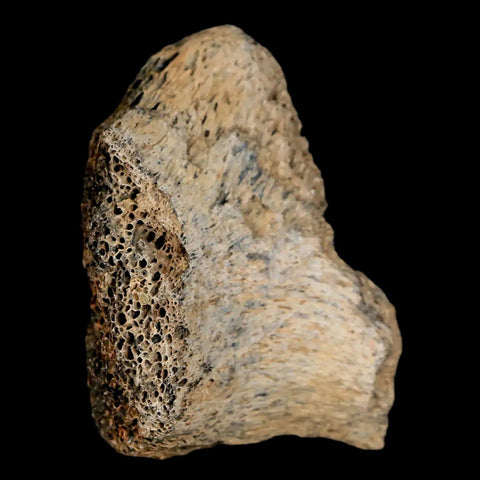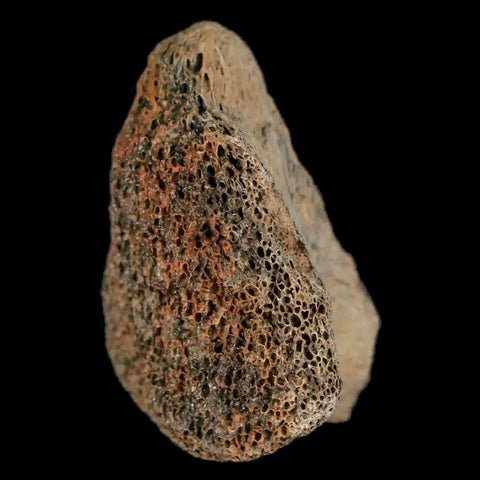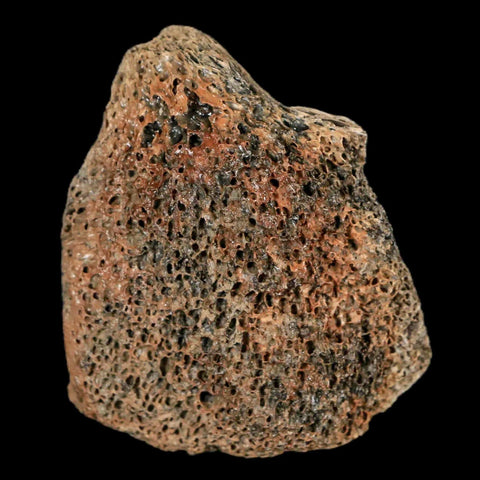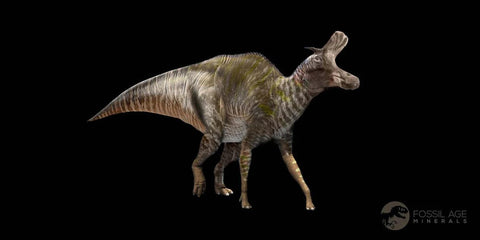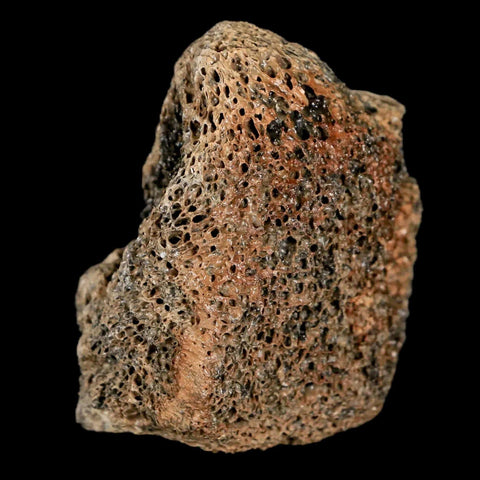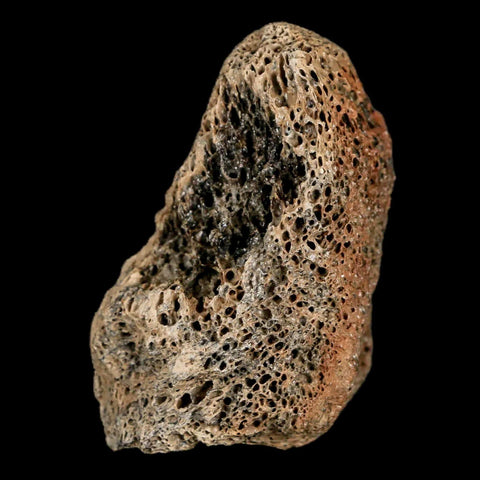2.1" Lambeosaurus Fossil Bone Marrow Judith River FM MT Cretaceous Dinosaur COA
Location: Judith River Formation, Eastern Montana (Private Land Origin)
Weight: 1.6 Ounces
Dimensions: 2.1 Inches Long, 1.6 Inches Wide, 1.3 Inches Thick
Comes with a Certificate of Authenticity.
The item pictured is the one you will receive.
This is a genuine fossil bone.
Cretaceous Age 83.6 - 70.6 million years old.
Height: 7 ft.
Mass: 2,200 – 6,600 lbs
Eats: Maidenhair tree, Magnolia, Pine
Eaten by: Albertosaurus, Gorgosaurus, Daspletosaurus
Lambeosaurus was a dinosaur that lived approximately 83.6 - 70.6 million years ago during the Late Cretaceous Period. It was named Lambeosaurus to honor Lawrence Lambe, and its name literally means “Lambe’s lizard.”This dinosaur was approximately 40 to 50 feet long, 7 feet tall at the hips, and probably weighed in the neighborhood of 5 tons. This dinosaur had a duckbill, an impressive bony crest on top of its skull, and it was a bipedal herbivore that was probably capable of running at around 30 miles per hour. Speed would have been needed to achieve this because of the many carnivores of the time.
The Lambeosaurus holds the distinction of being the first duck-billed dinosaur identified in North America, with numerous fossils discovered not only near Alberta, Canada, but also in Montana, USA, and Baja California, Mexico. Its diet likely comprised the regional flora of its time, with conifers, ginkgos, and magnolias serving as primary nutritional sources during the Cretaceous period.
An intriguing feature of the Lambeosaurus is its largely hollow cranial crest, which has led paleontologists to propose various explanations for its purpose. Some believe it may have contained salt glands, others suggest it improved the dinosaur’s sense of smell, and some think it acted as a chamber to trap air for producing sounds. While none of these theories has been confirmed, the most commonly accepted idea is that the crest was used to generate sounds.
It is also believed that these dinosaurs may have congregated in great herds. This would have given them some protection against predators and would have allowed them to protect the smaller members of their group more easily.



